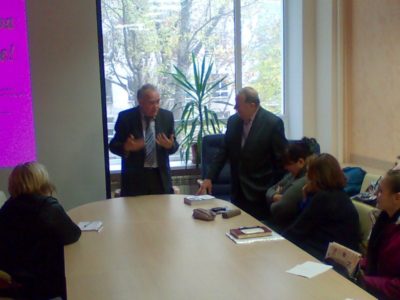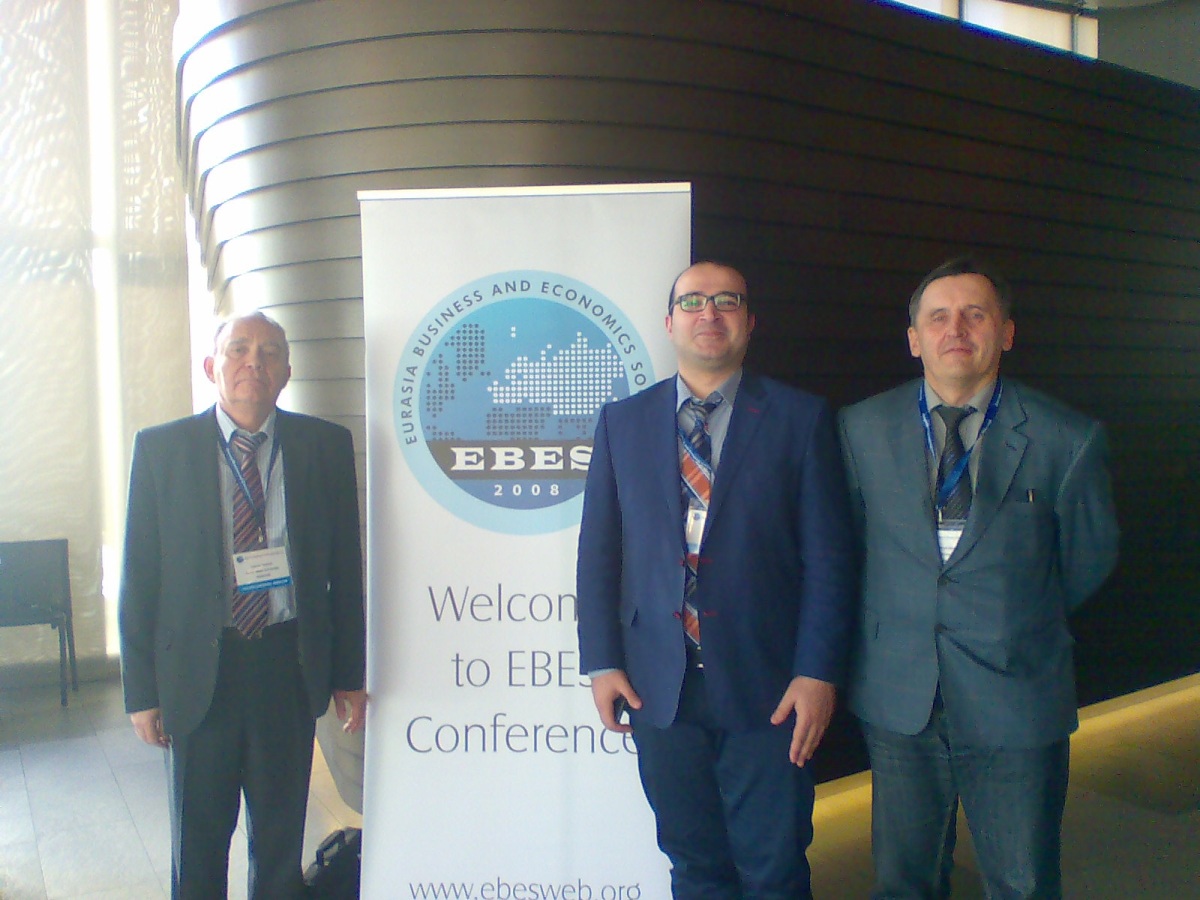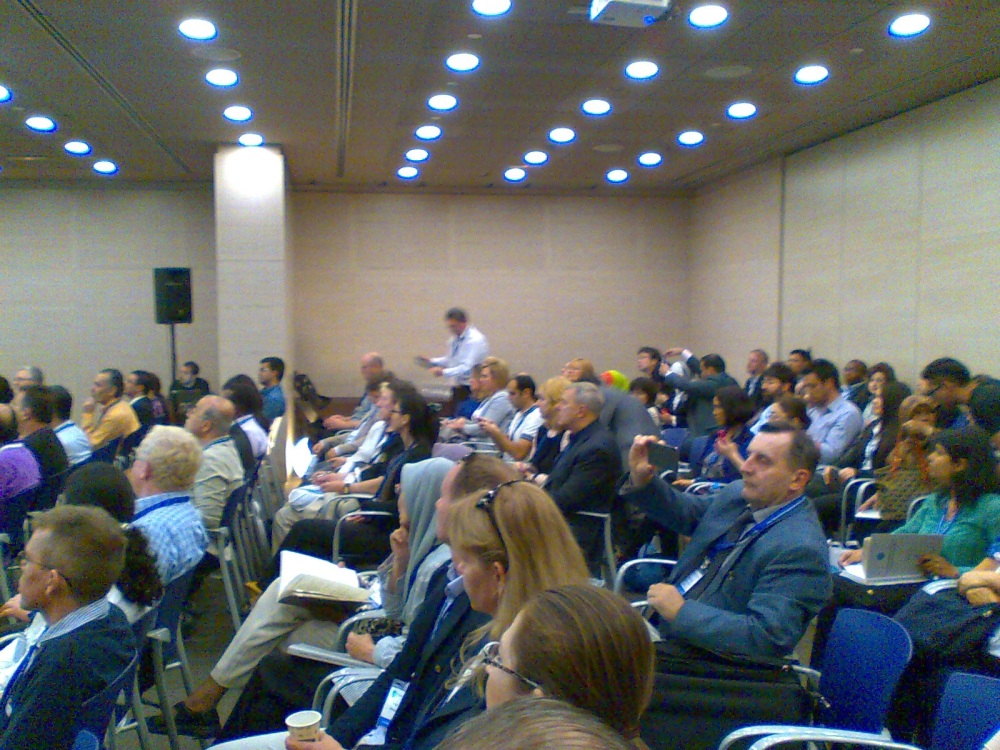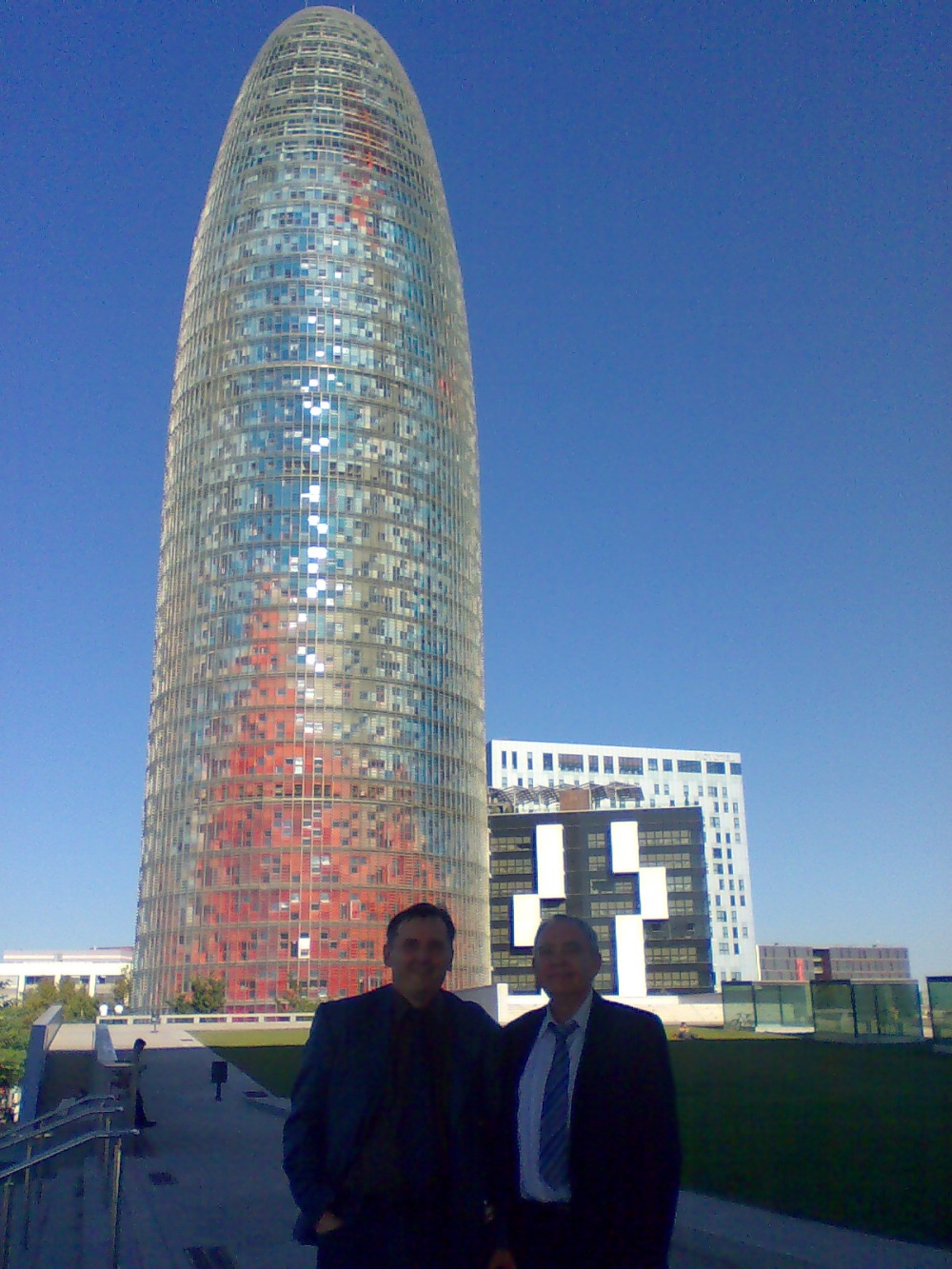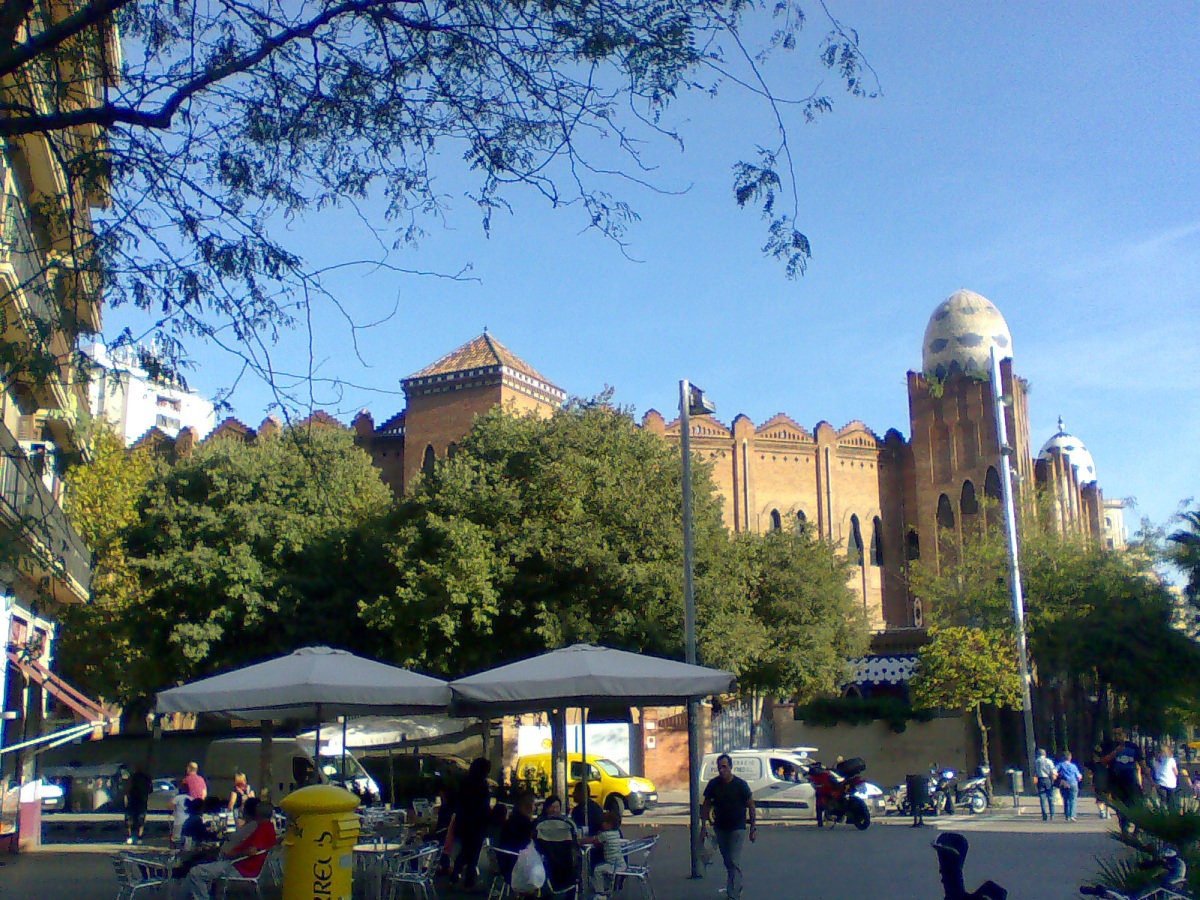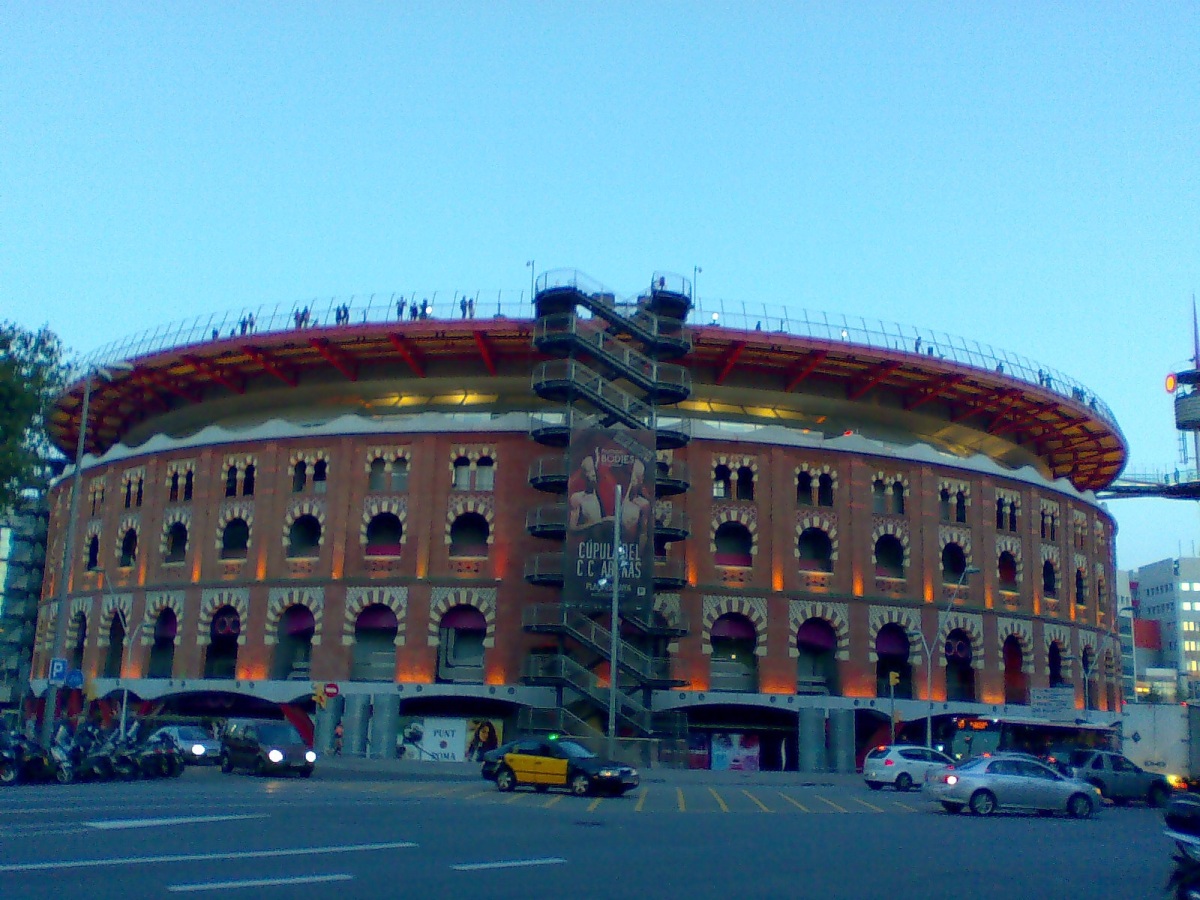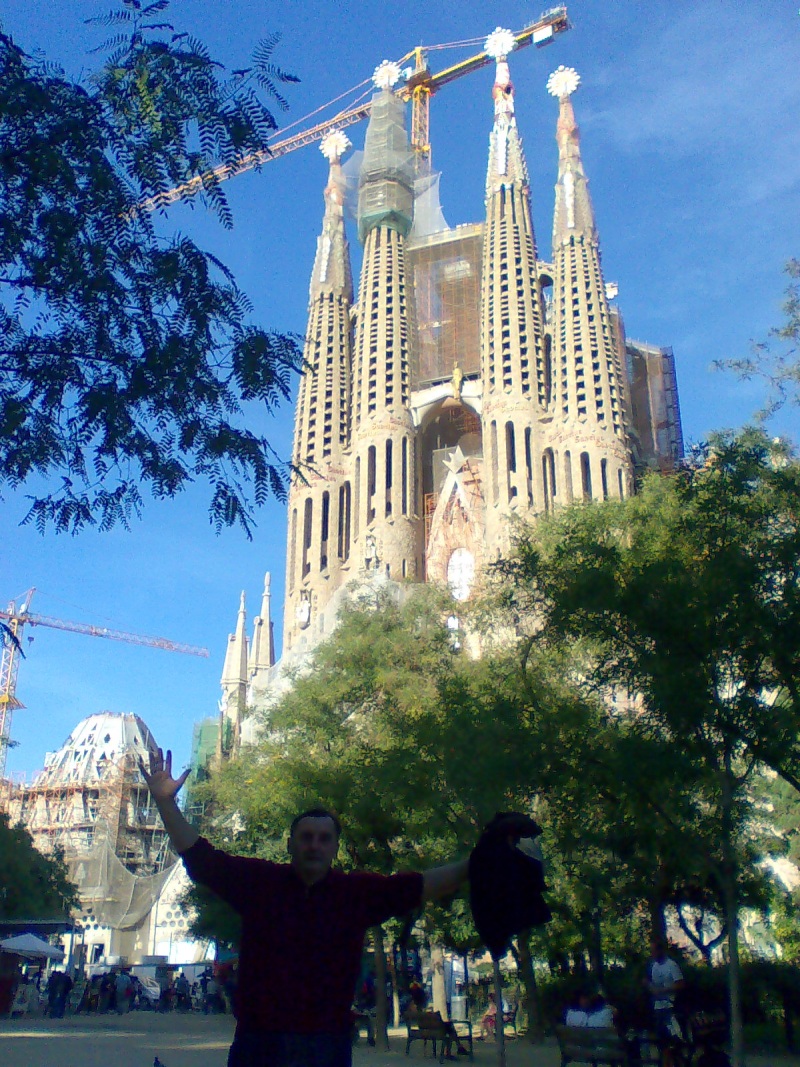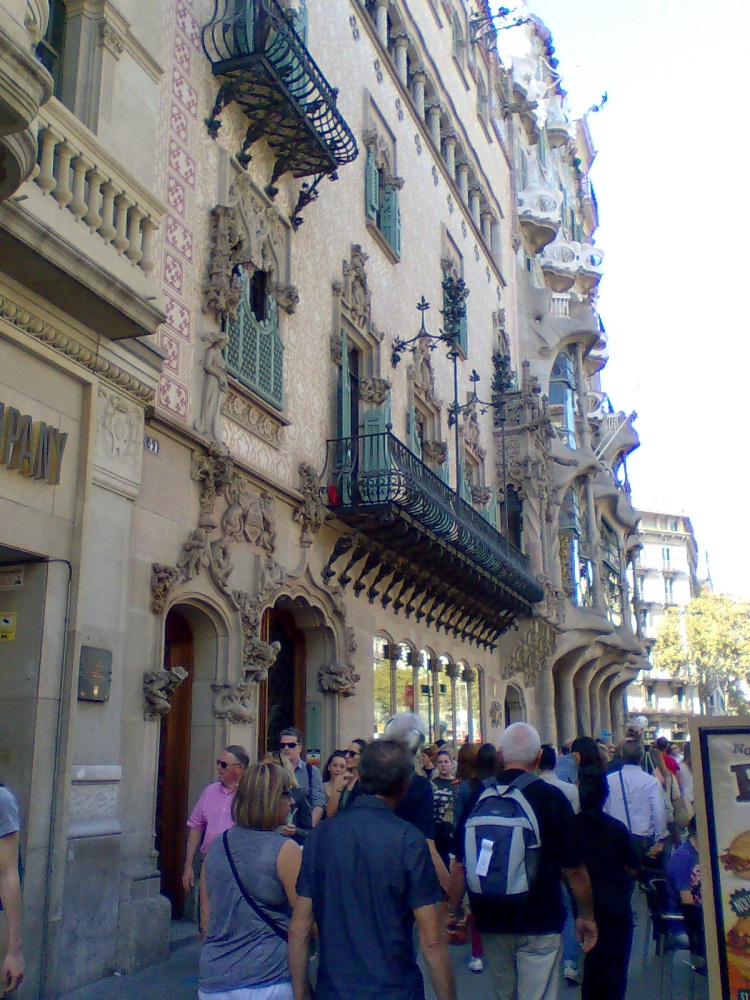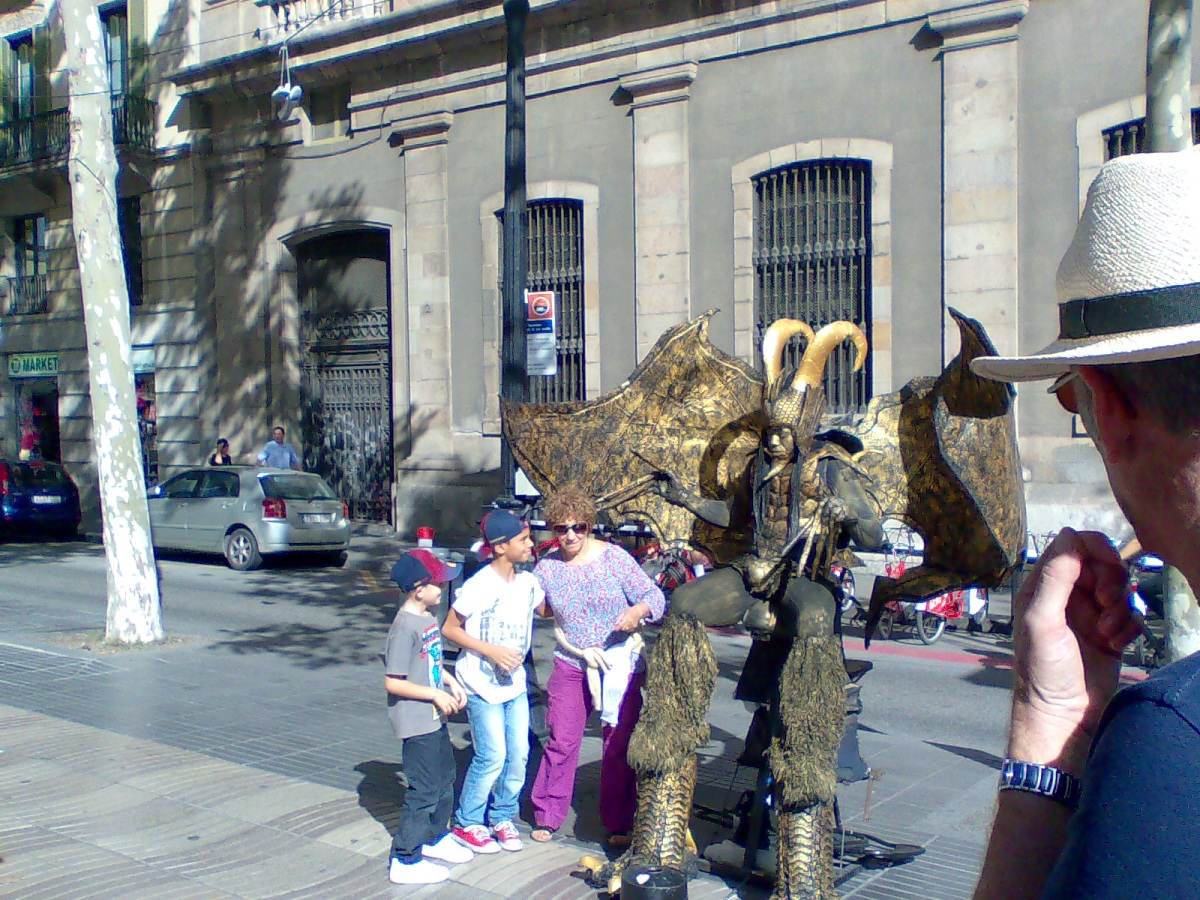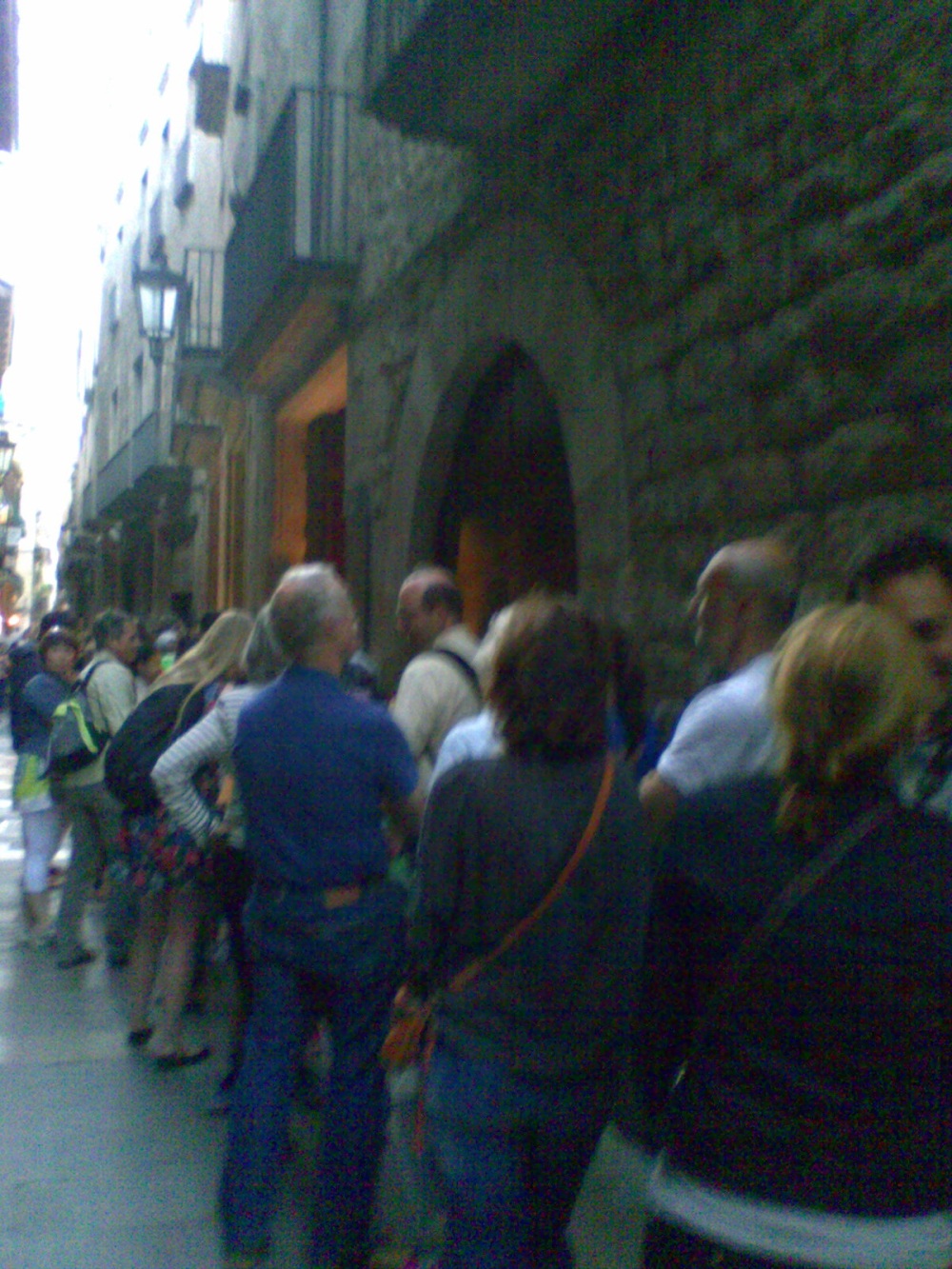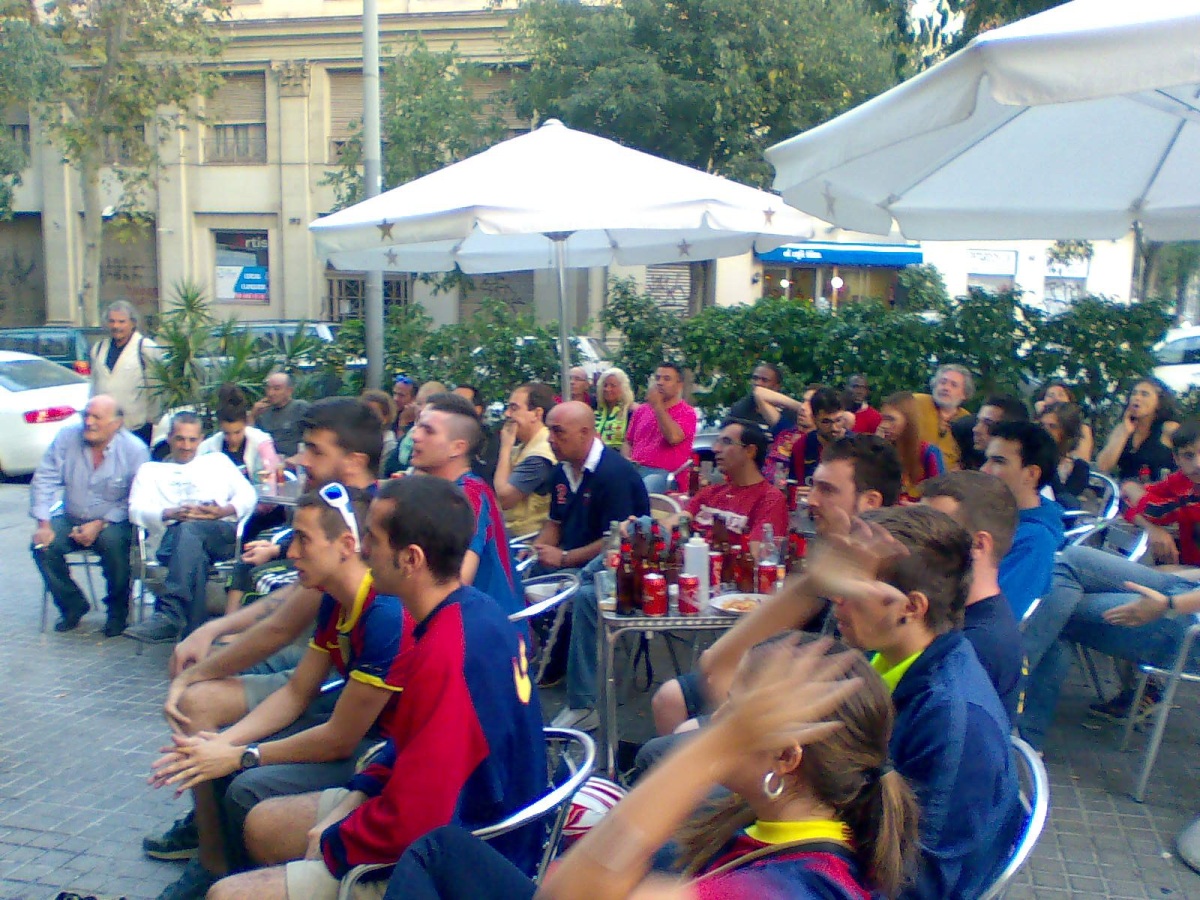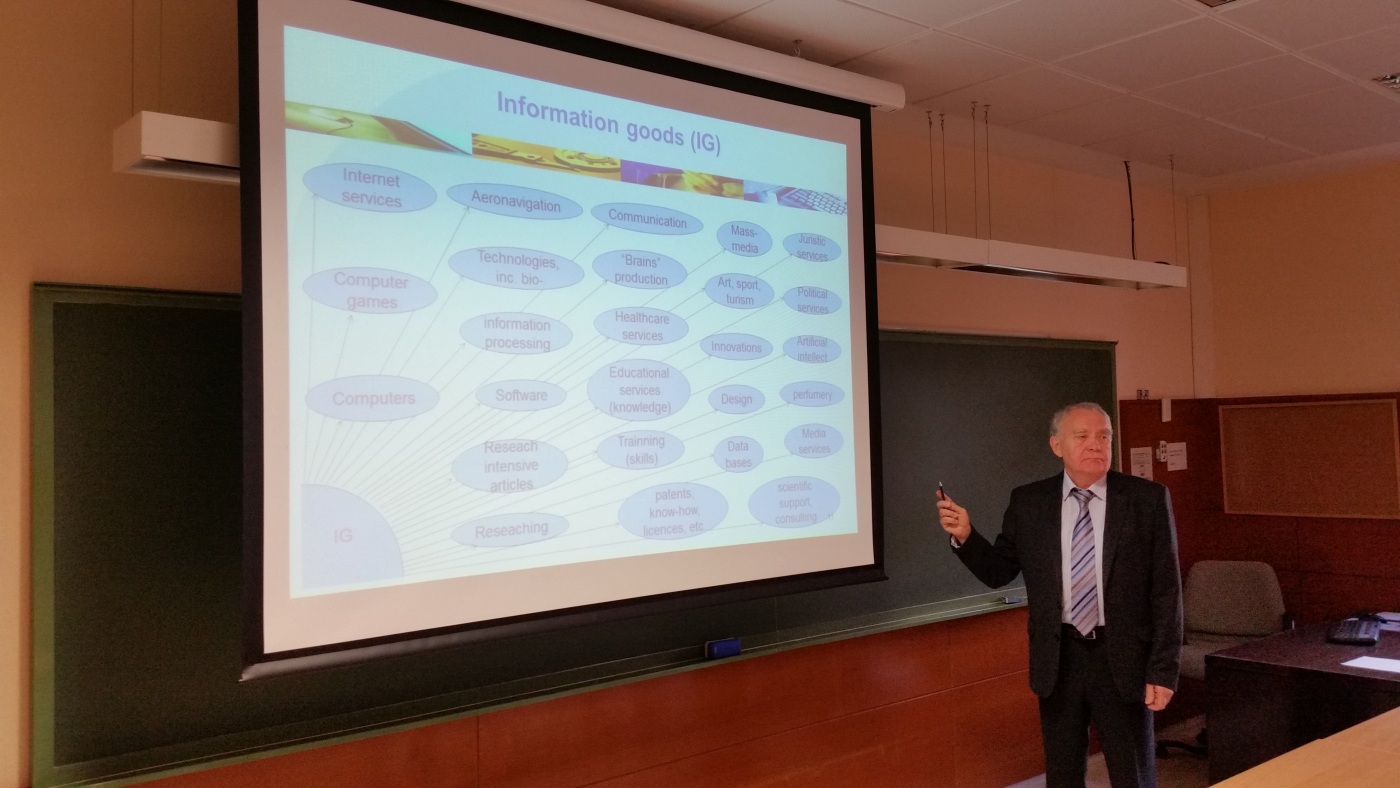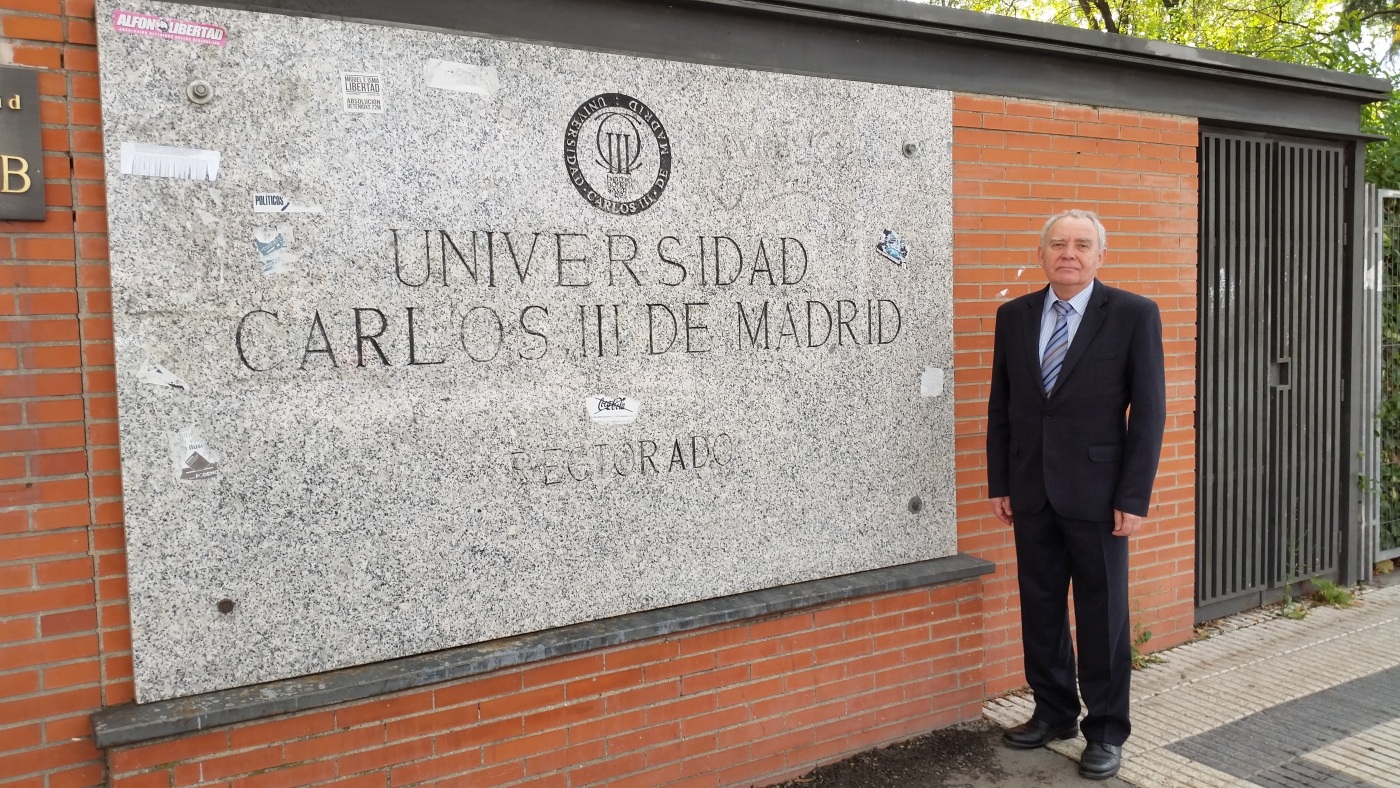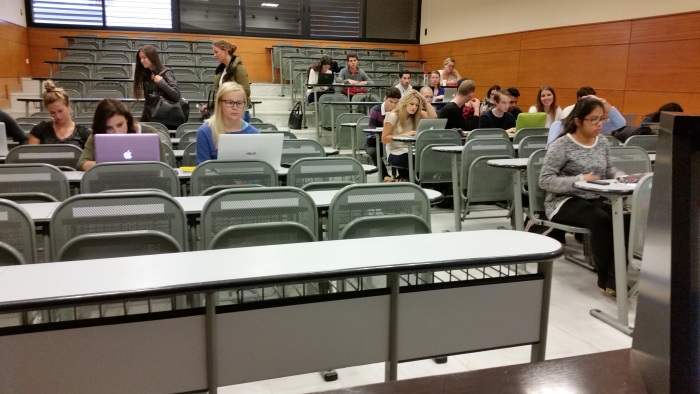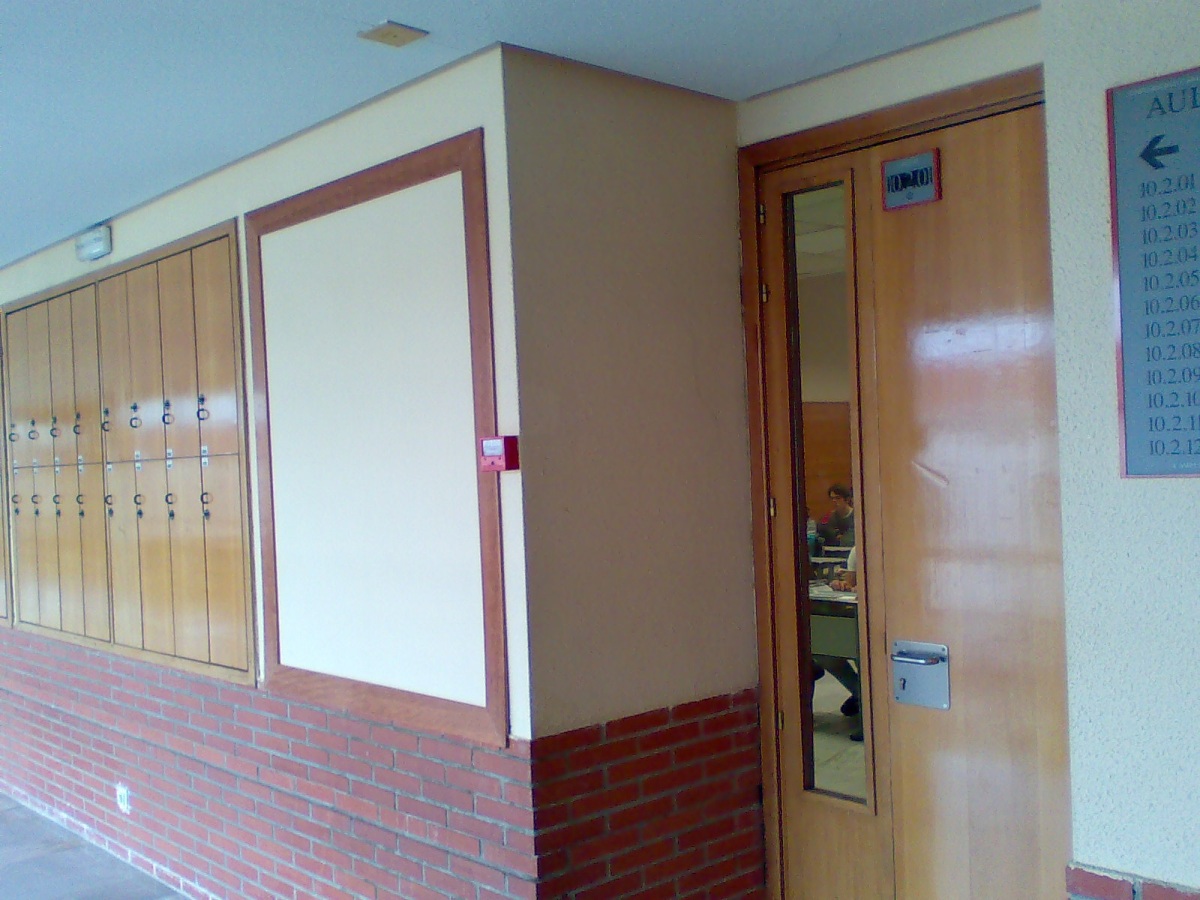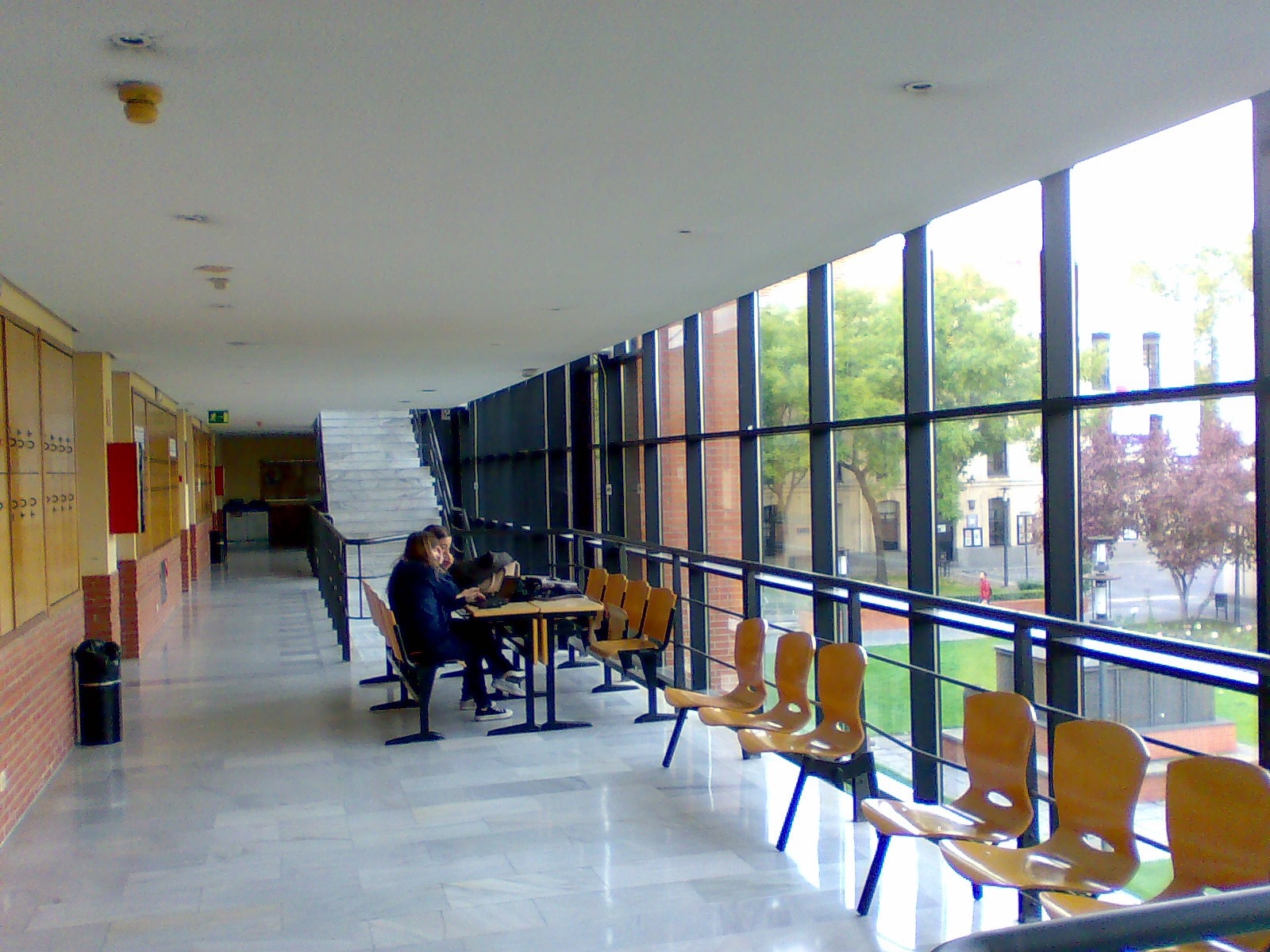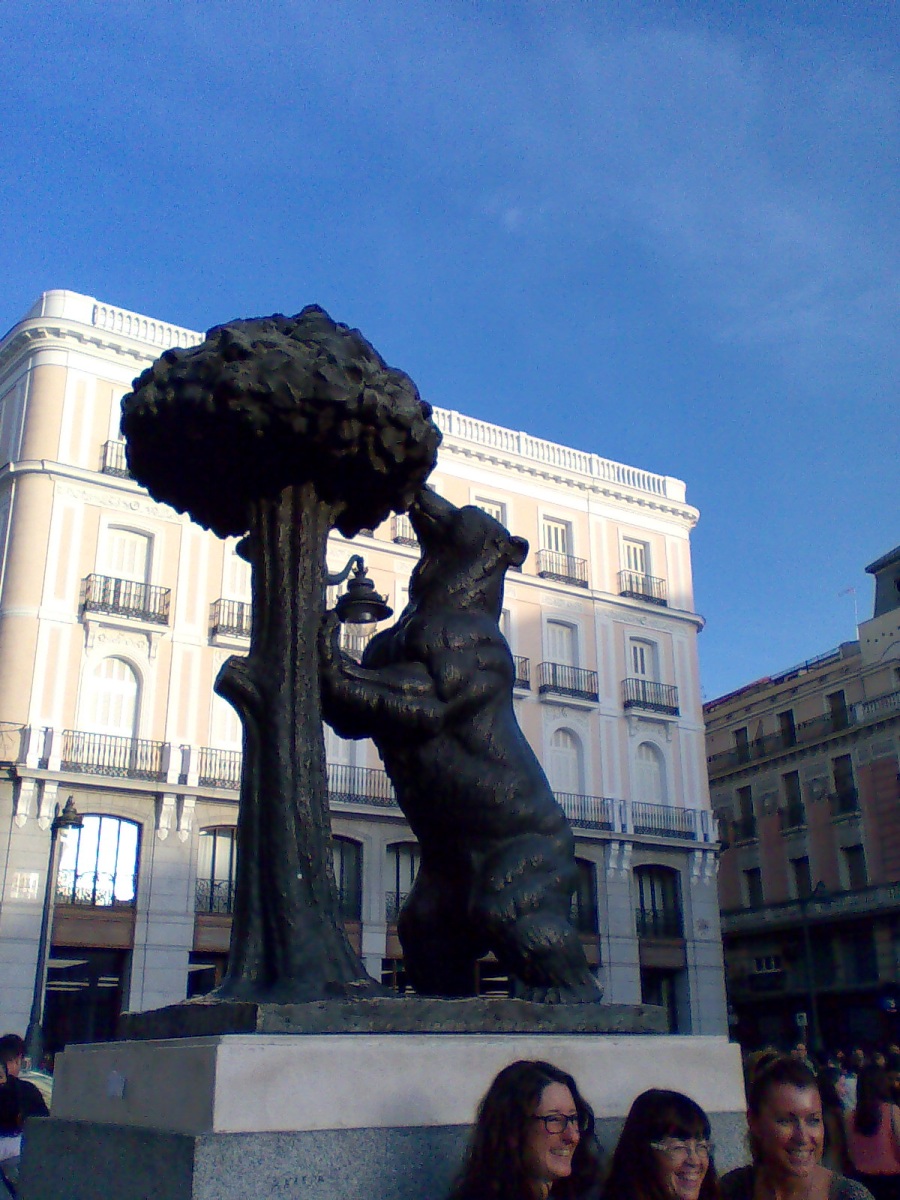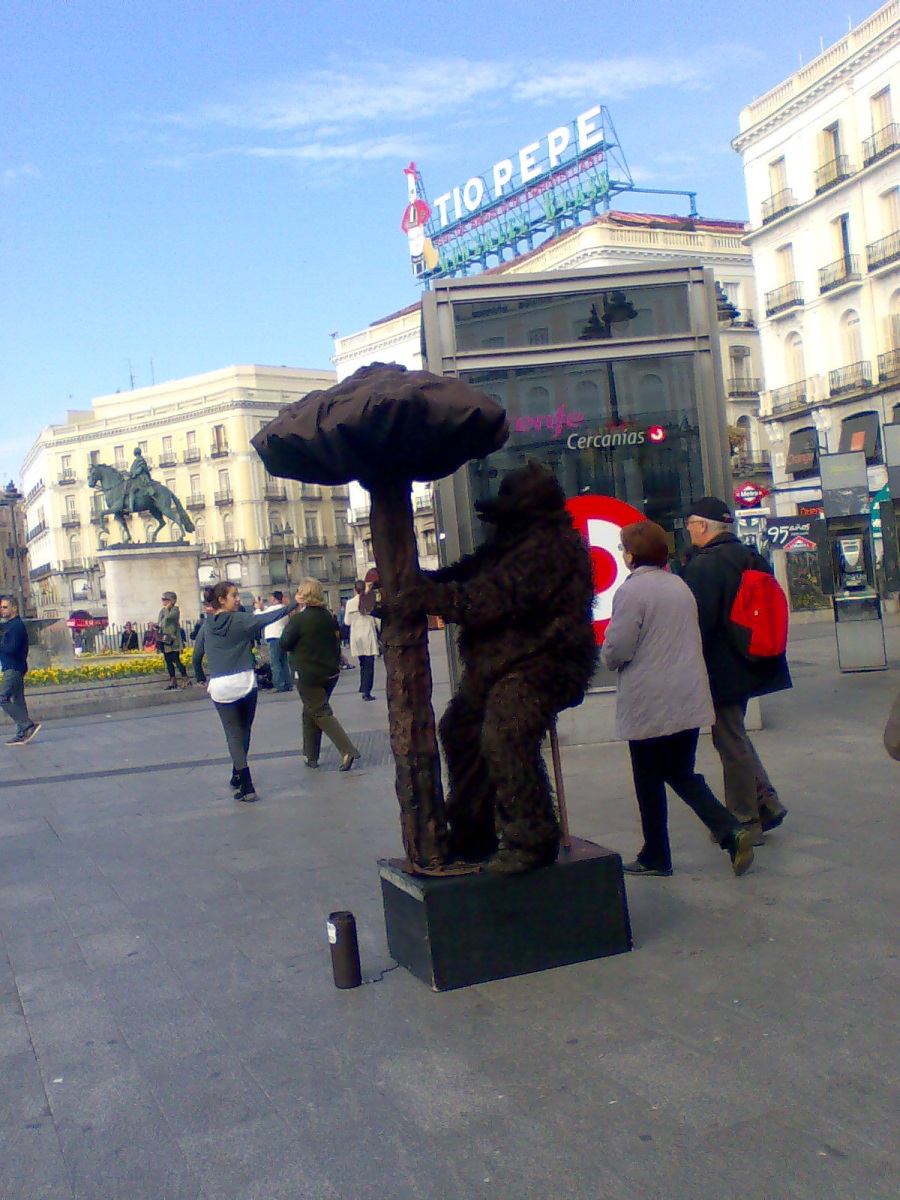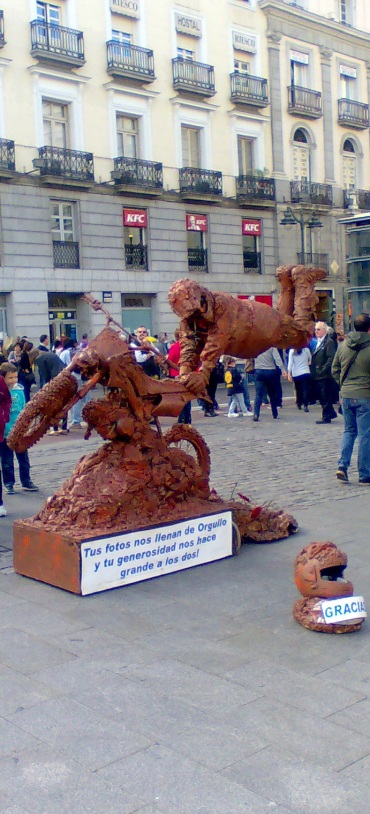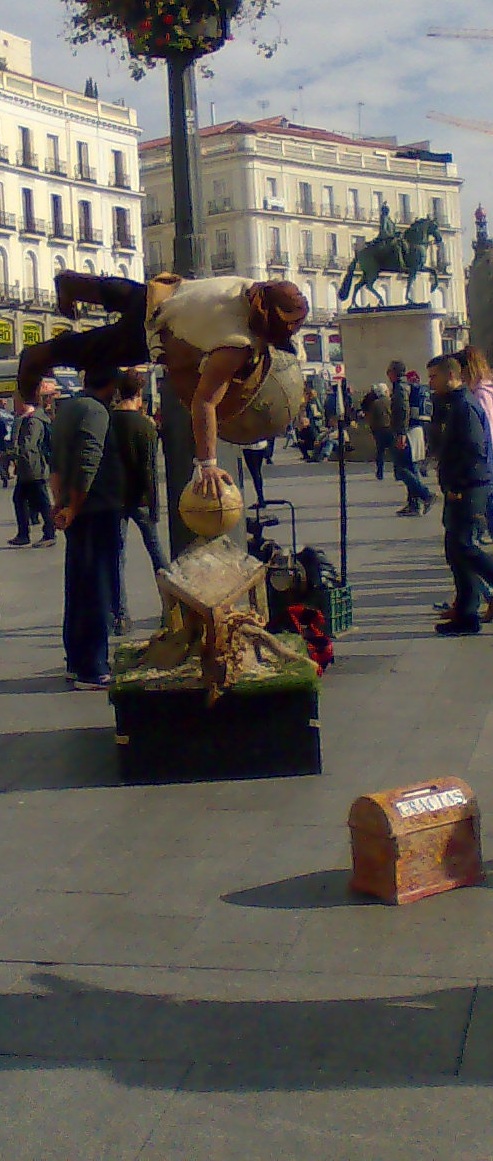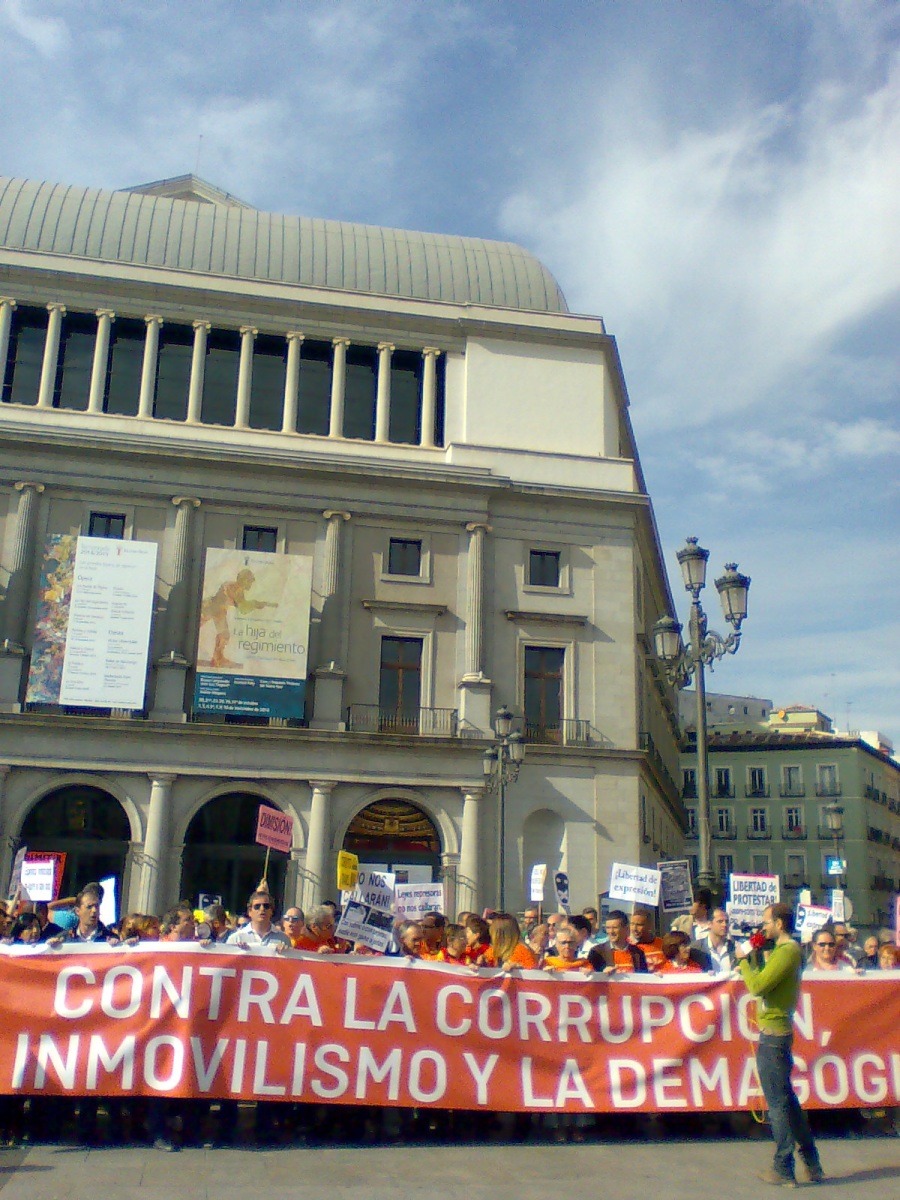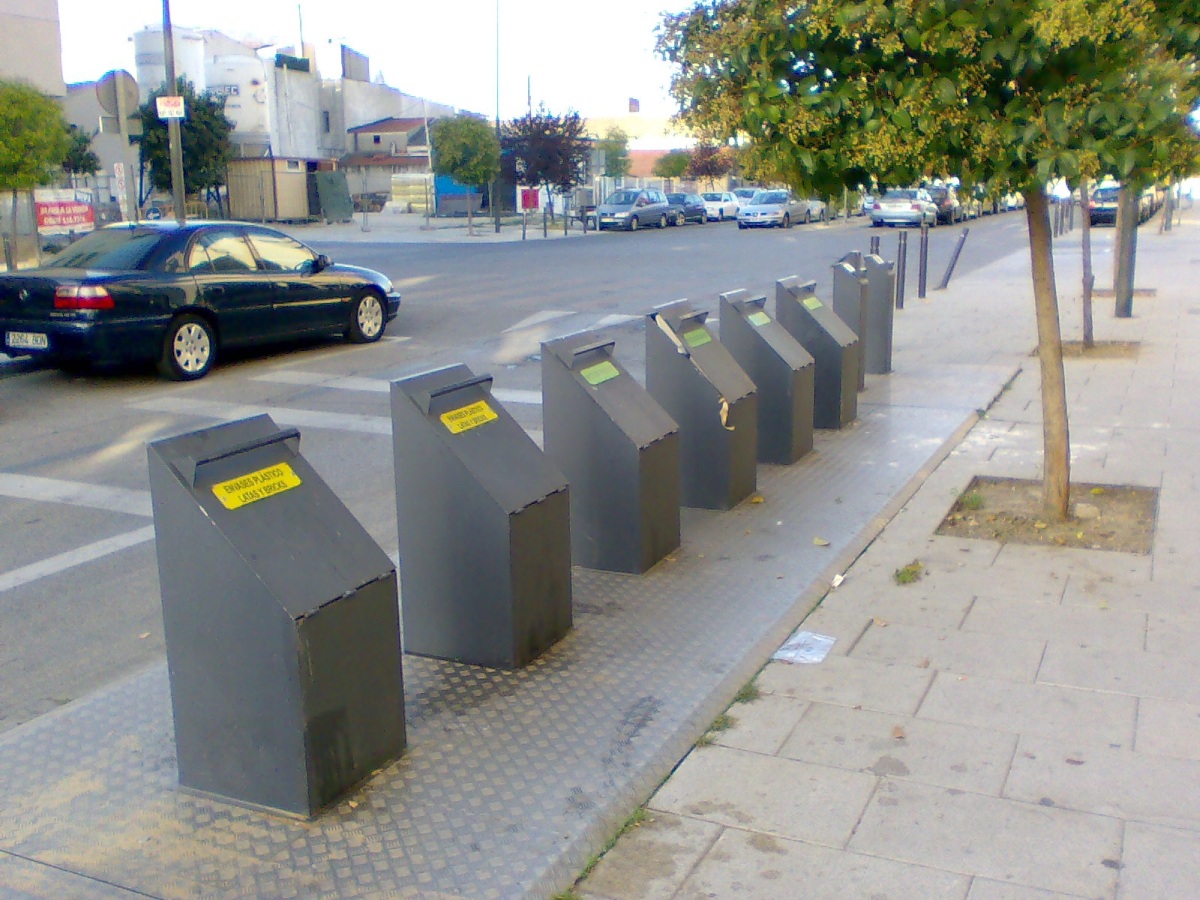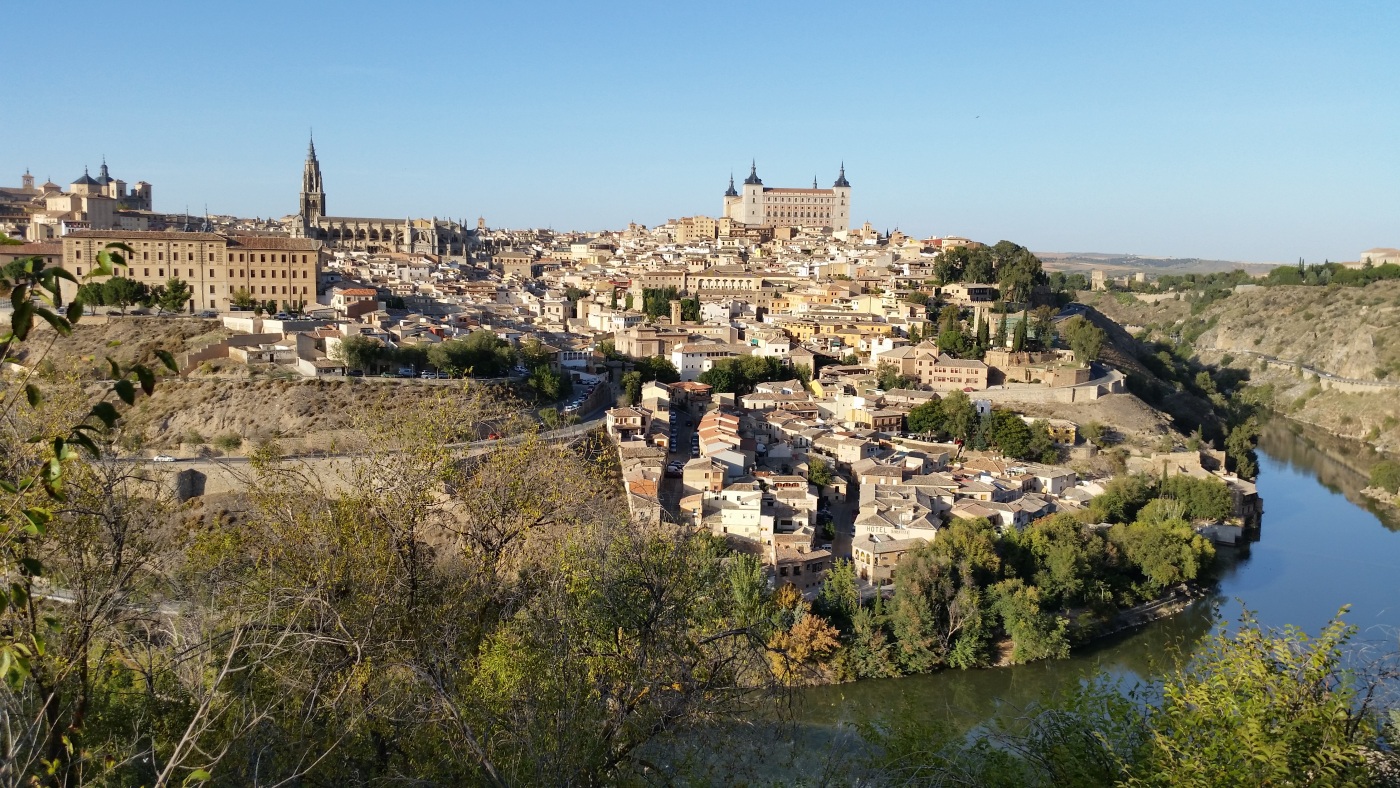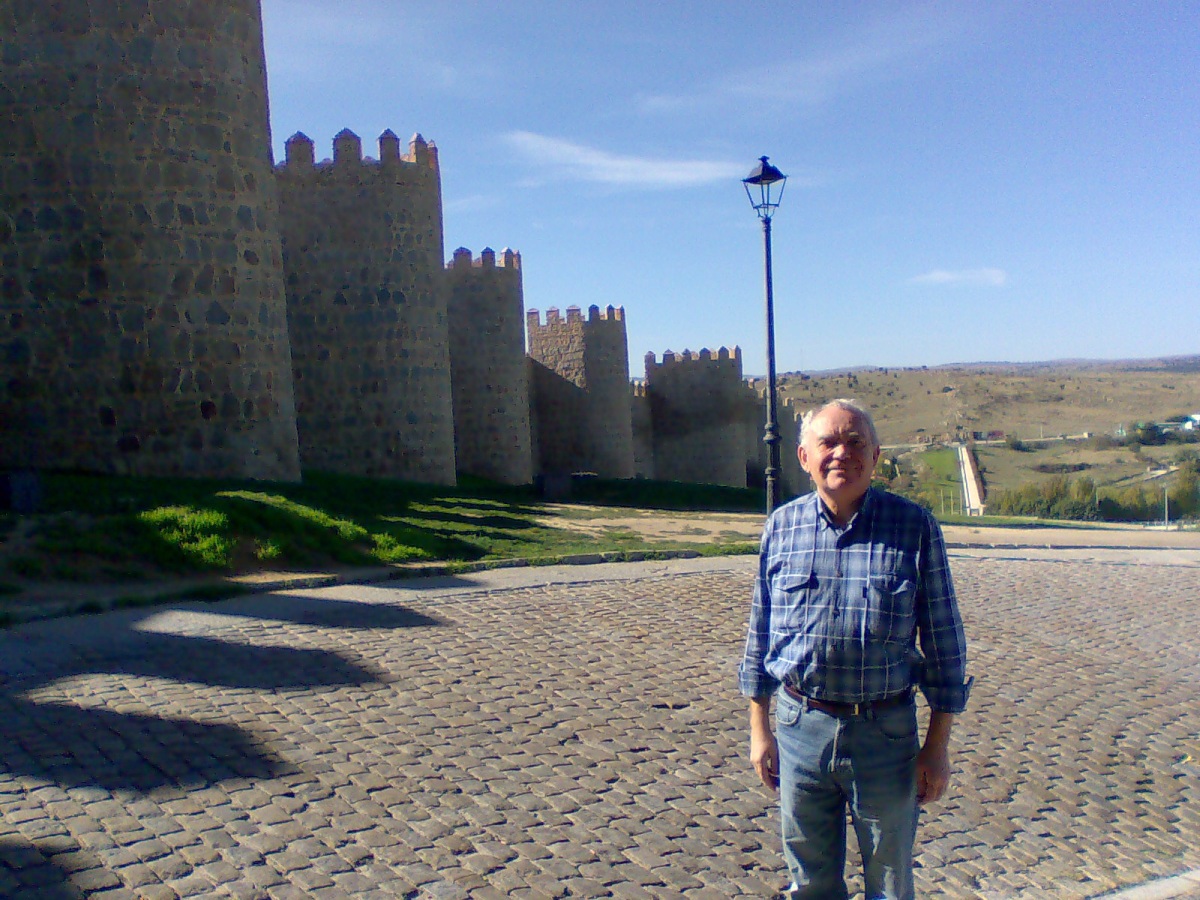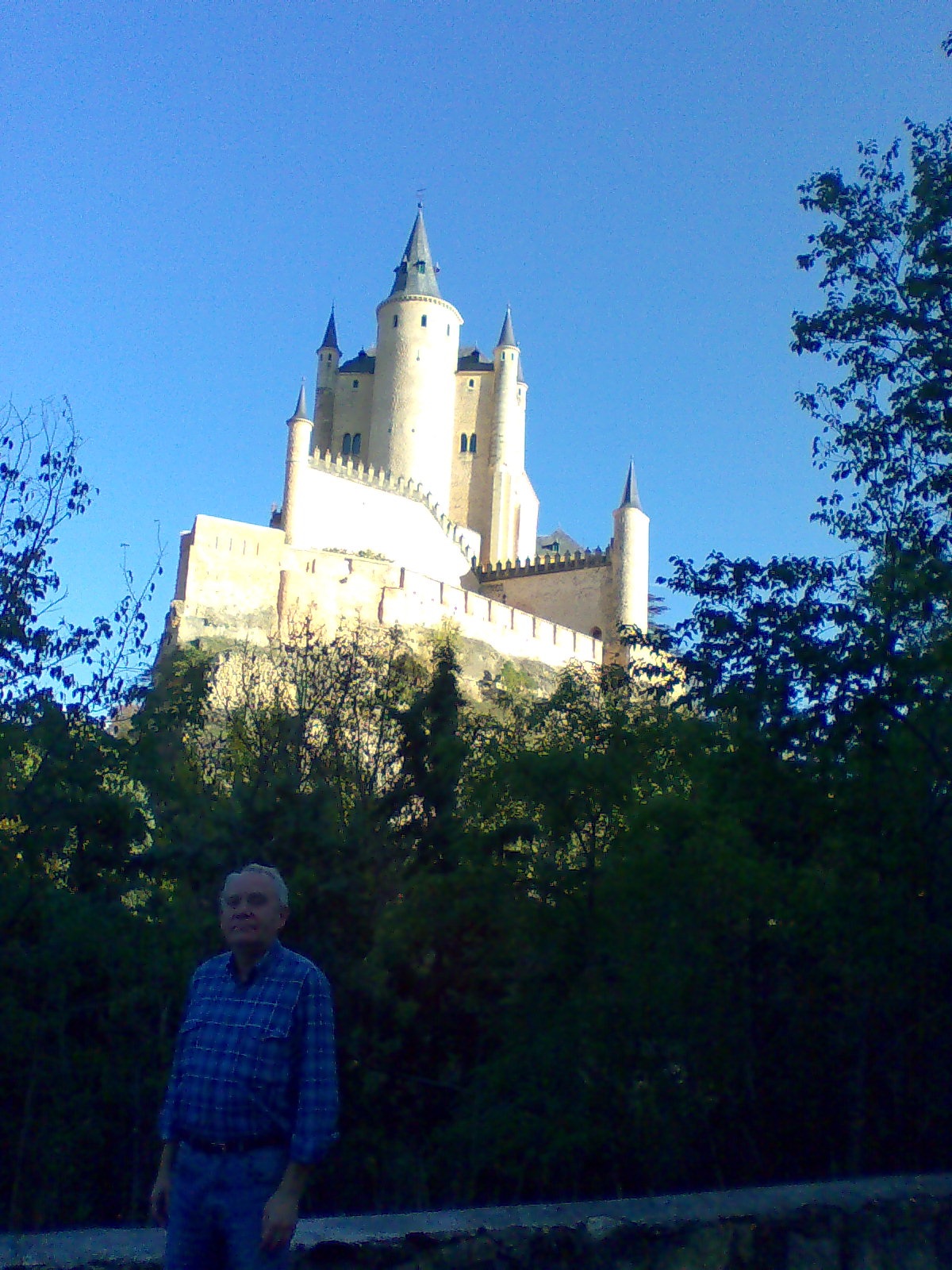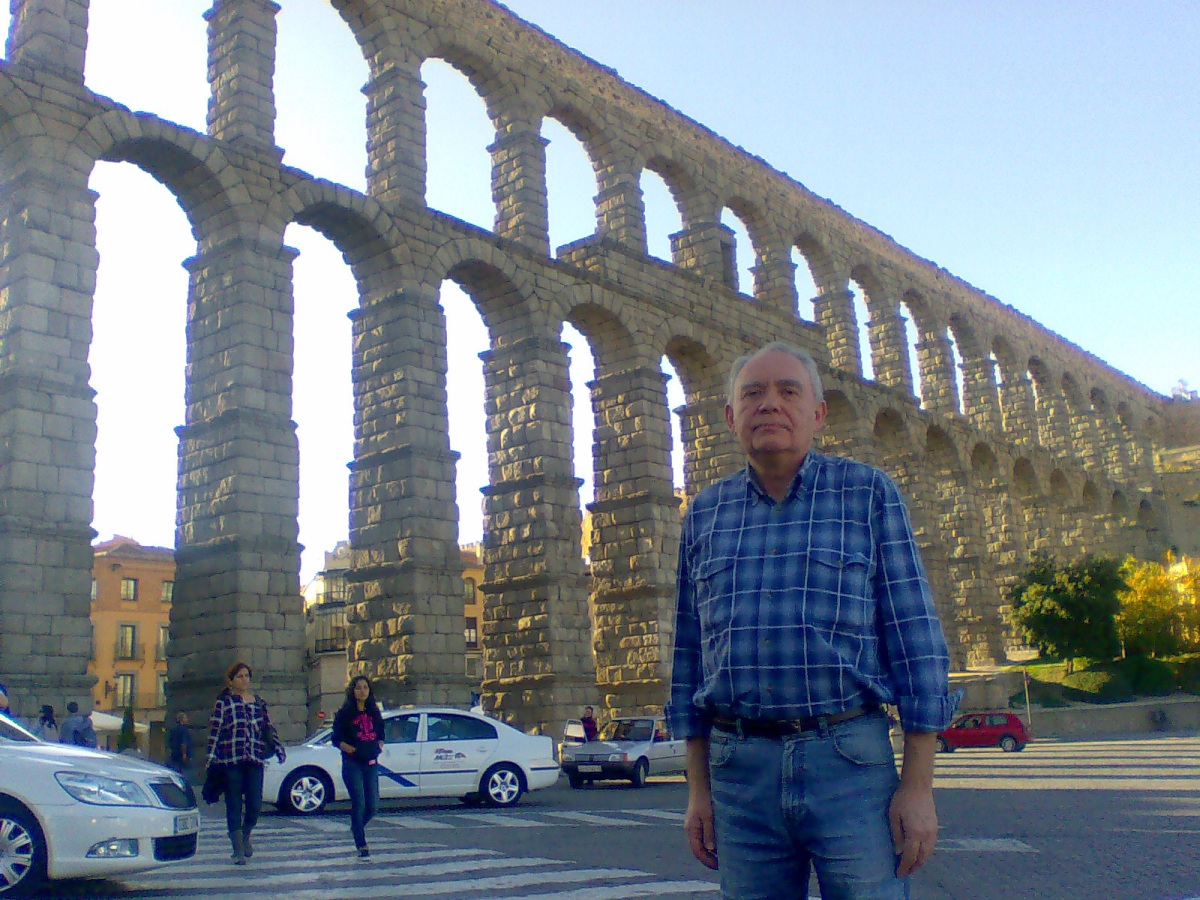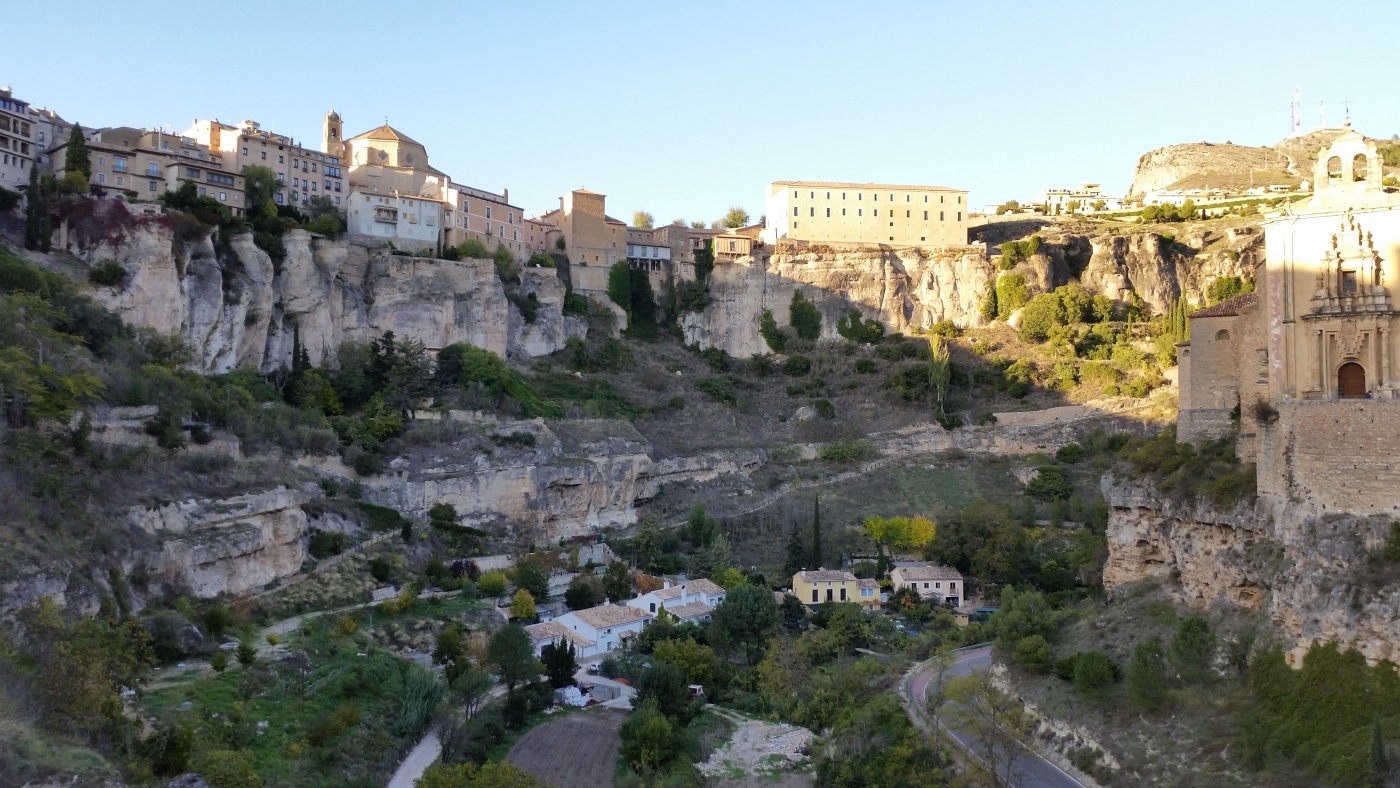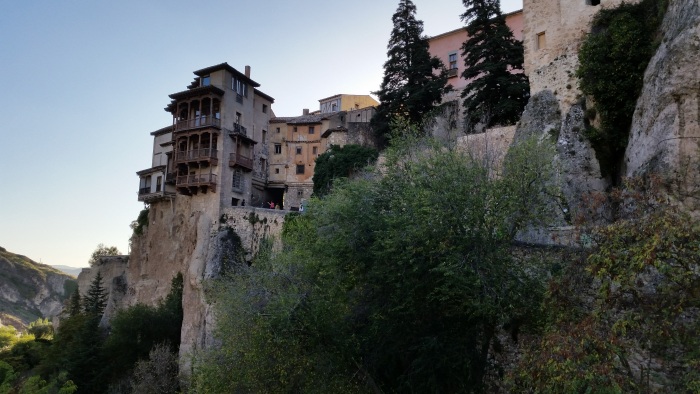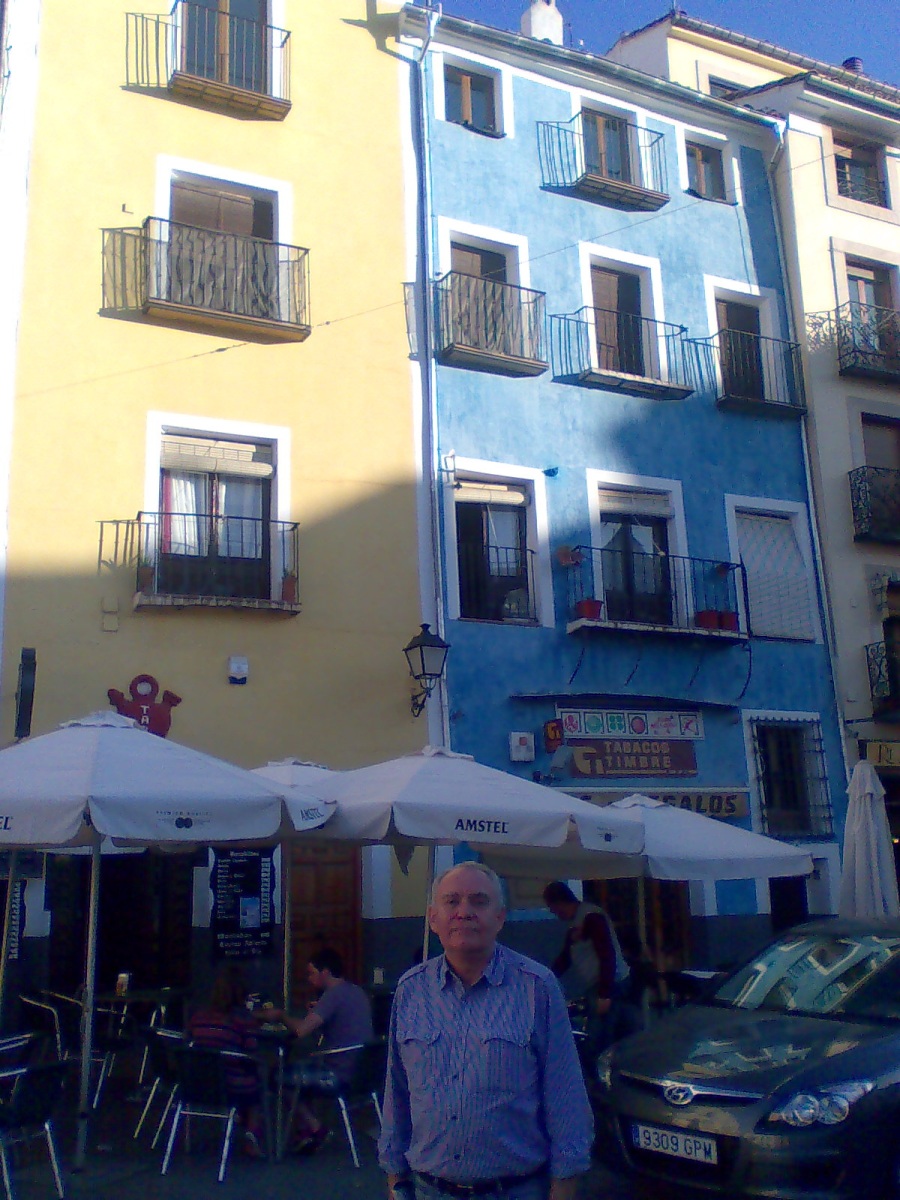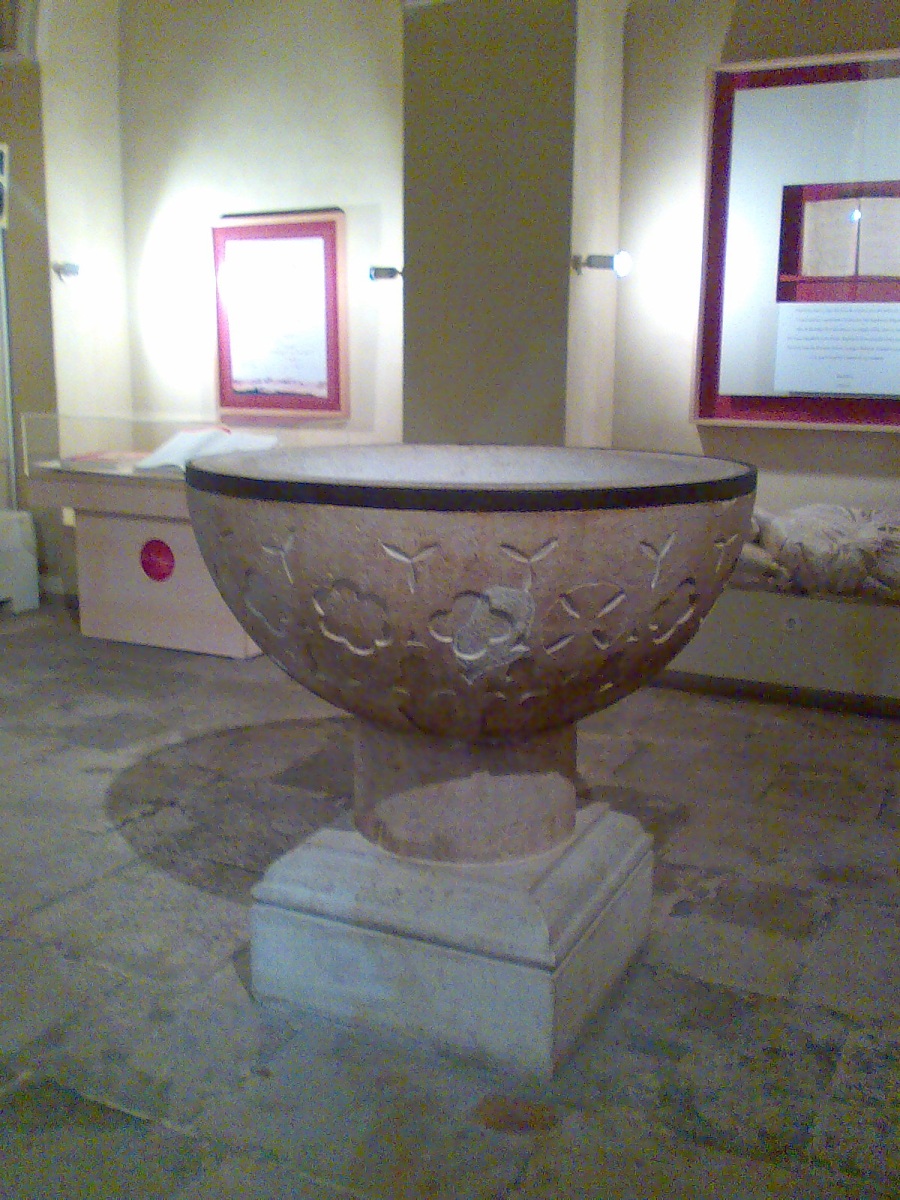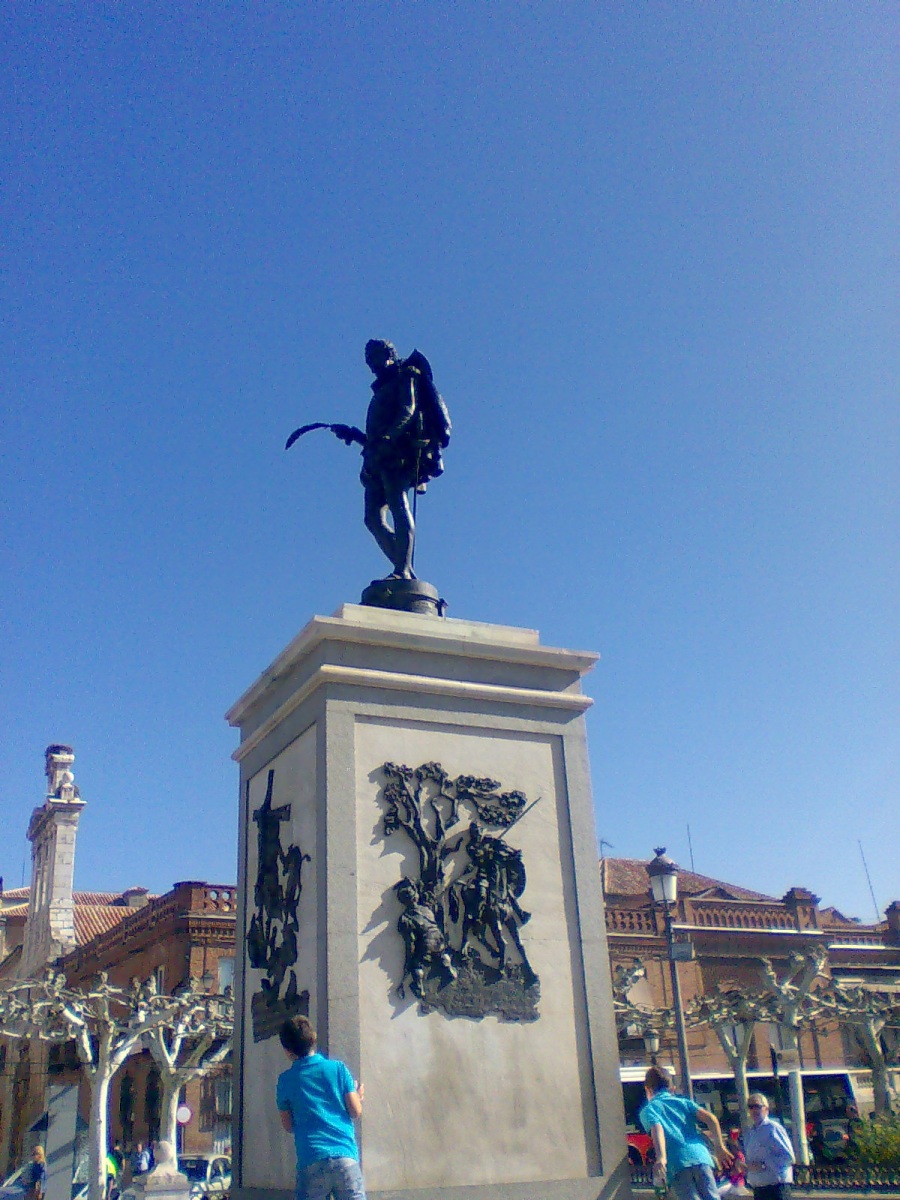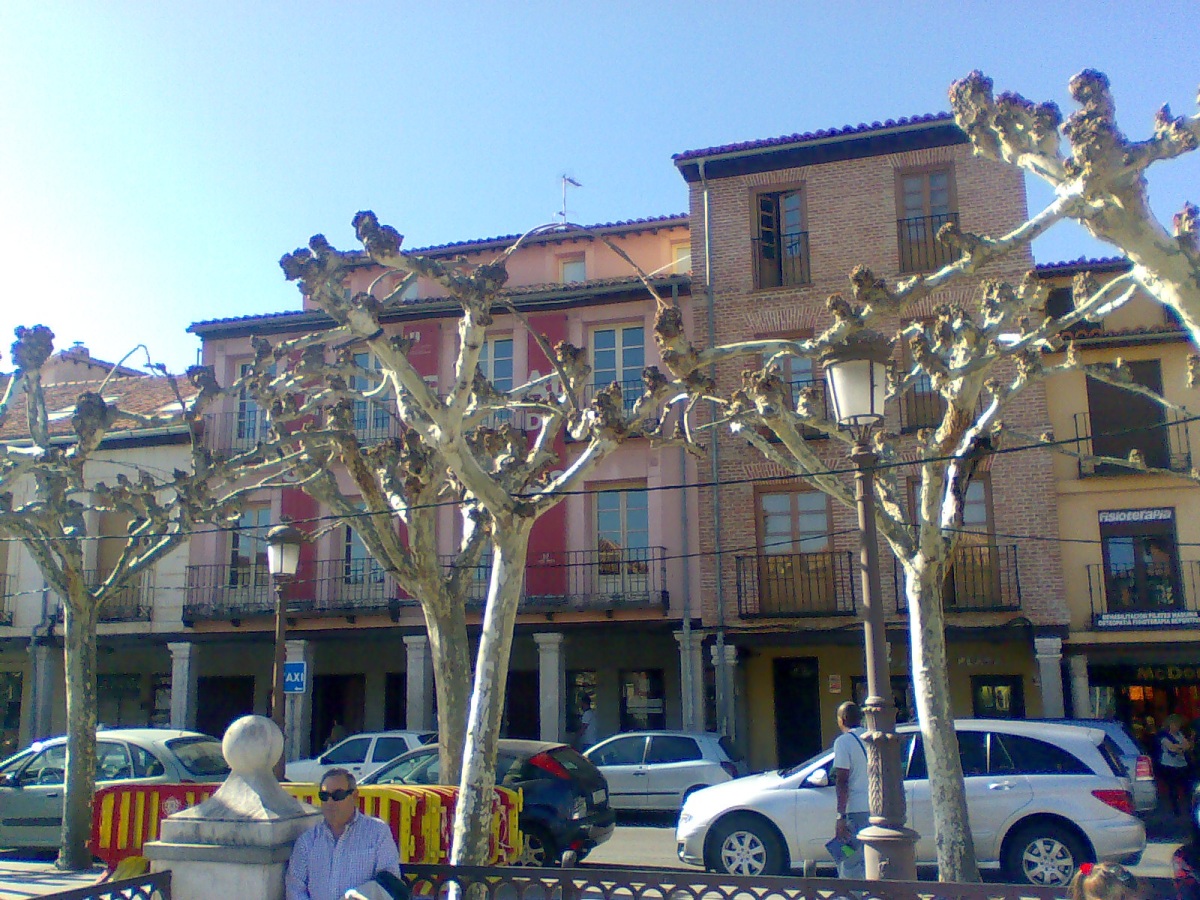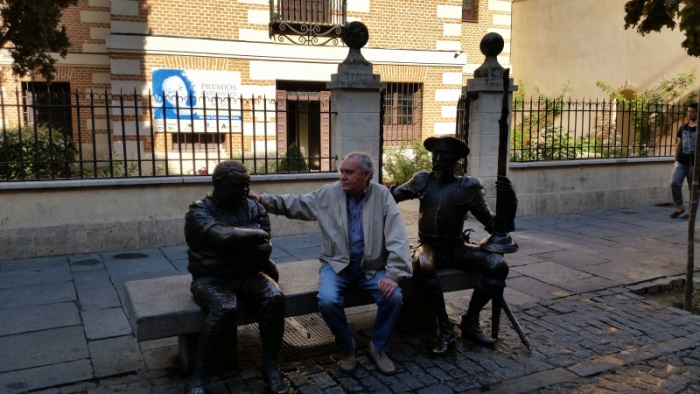| Spanish Digest |
|
A significant range of economic theory and practice areas, as well as a broad representation of the various countries can be considered the hallmark of the conference. At this conference papers of scientists and entrepreneurs from more than 60 countries including: Australia, Belgium, Bulgaria, Great Britain, Greece, Germany, Spain, Italy, Canada, China, Korea, Latvia, Lithuania, Malaysia, Poland, the USA, Turkey, Estonia, Switzerland, Japan and other countries were presented. Among the main areas addressed by the conference are: development and economic growth, entrepreneurship, innovation economics, risk management, human resources, education, labour economics factors, international trade, energy management, health economics, industrial organization, and other topics. At the conference our fellow countrymen presented the paper “Information as driver of modern economic systems: evidence from Ukraine.” It provoked the interest of the conference participants. The report has shown that information is becoming a key factor in the development of modern economic systems, serving as: “the raw material”, the means of production, finished products, consumer goods, organizing principle, capital etc. In 1925, among the 100 most successful USA companies included about half of the enterprises of the railway sector (23), metallurgy (4), automobile industry (10), and no one information technology (IT), finance and health enterprise. In 2013, only three corporations from the first of the three sectors are among the “hundreds of successful”. But more than half is occupied by IT (25), finance (20), health (17) enterprises. Ukraine shows very dynamic parameters of the information industry formation. In particular, it takes 2nd place in the world among the number of programmers per capita and 4th place for the production of software. Ukraine is also ranked number 1 in the world in number of students per 10,000 population (573). For comparison, in Russia it is 495, in the USA – 445, the UK – 286, in Germany – 240, in Japan – 233. Over the last 5 years, Ukraine has made a breakthrough, overtake the advanced countries in the number of Internet connections per 100 people, with 11 in 2009 to 61 in 2013, almost caught up with the EU countries (average 67). Such IT sector growth rates allow looking to the future of the country. A pleasant surprise was that the best presentation of the conference acknowledged the paper «Price Setting in Online Markets: Evidence from a Major Shopping Platform» our fellow countryman from Ukraine, Shepetovka native, now Reader in Finance, Management School, The University of Sheffield, UK, Dr. Alexander Talavera (in collaboration with scientists from the USA Yu. Gorodnichenko, V. Sheremirov). Despite the busy schedule, our countrymen were able to dedicate a few hours trying to admire Barcelona wide avenues, architectural masterpieces and curiosities. For those who feel Soviet Union nostalgic it would be a pleasant surprise to stumble in the old city of Barcelona on the evening long queue (no less than 100 meters). It turned out that the queue is waiting for an exhibition of paintings by Pablo Picasso. Picasso queue An opportunity to observe in Barcelona football fans during a principle match (these teams plays are always such): Real Madrid (Madrid) – Barcelona, which ended with the score 3:1 can be considered as a kind of bonus for travelers. It was a surprise for Sumy citizens that despite unprecedented audacity Real fans who allow themselves loudly rejoice the goals from Real Madrid in the heart of Barcelona, the situation in the fan-bar was very peaceful, although their opponents were there. Barcelona fan passion Having seated conveniently in Barcelona-Madrid train and looking in front on the board train’s speed 300 km per hour, the travelers indulged in dreams. It was a dream that such trains will run in Ukraine. And then, apparently, it will be possible to reach Kharkov from Sumy in 40 minutes, and Kiev in an hour and a half (with 2-3 stops, for example, in Vorozhba, Konotop and Nizhyn). After the conference in Barcelona week mission in Madrid expected for Prof. Melnyk. In The Charles III University of Madrid, he participated in scientific seminars and learnt the features of the educational process. Prof. L.G.Melnyk during the seminar Madrid is a warm, friendly town where everyone does their job, to tolerate the behavior and actions of others. According to the movie “Gentlemen of Fortune” we remember the phrase: “Who would make him sitting (imprison) him – it is a statue!” In Madrid, monuments stand, sit, and fly. And not only bronze or granite, but also quite lively. This is, by the way, to earn the living. It turns out that in Spain they are also struggling against corruption and for democracy. Singing demonstration – in the heart of Madrid In such a way in Madrid they waste garbage (underground containers) Staying in Madrid gave the opportunity to see historical landmarks – the ancient city of Spain. Looking at the impregnable barrier around the ancient capital of Spain Toledo, somehow suddenly begin to wish that Ukraine has acquired the same precipice in some parts of its border. A multikilometer city walls of Avila (the total length of the wall is about 3 kilometers, the wall has 88 towers) can be considered as an alternative to the abyss on the border.
The city walls of Avila City of Segovia is included in the UNESCO heritage. Its aqueduct, built in Roman times (the end of 1st beginning of 2nd century). Its length is 800 m, height is almost 30 meters. The aqueduct is built of 25,000 granite blocks that hold on to each other only by gravity. Binder solution was not applied. Sights of Segovia Aqueduct, “crafted by Rome slaves” A mountain city of Cuenca is very beautiful. Once (at the beginning of the XII century), there lived the King of Spain, and so it was its capital. In the city first Catholic cathedral in Spain is open since 1182. The city is well prepared for the arrival of Ukrainian professors, houses are in yellow and blue colors. Cuenca sights ProUkrainian Cuenca palette Alcala de Henares is Cervantes’ native town. Here, the author of Don Quixote lived and worked (today museum is in this house). Not surprisingly, everything here is in his name: streets, squares, theaters, cultural centers. They say that in Sancho Panza the writer tried to express material origin, and in Don Quixote – spiritual one. Mankind lives increasing its spirituality so not to destroy its material basis. |
